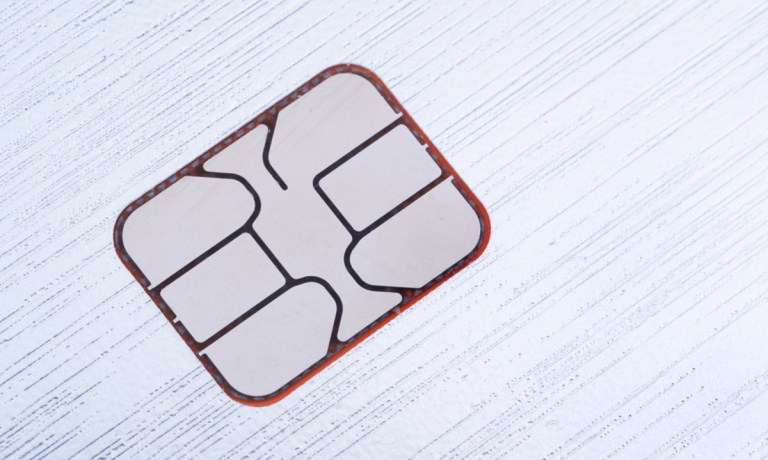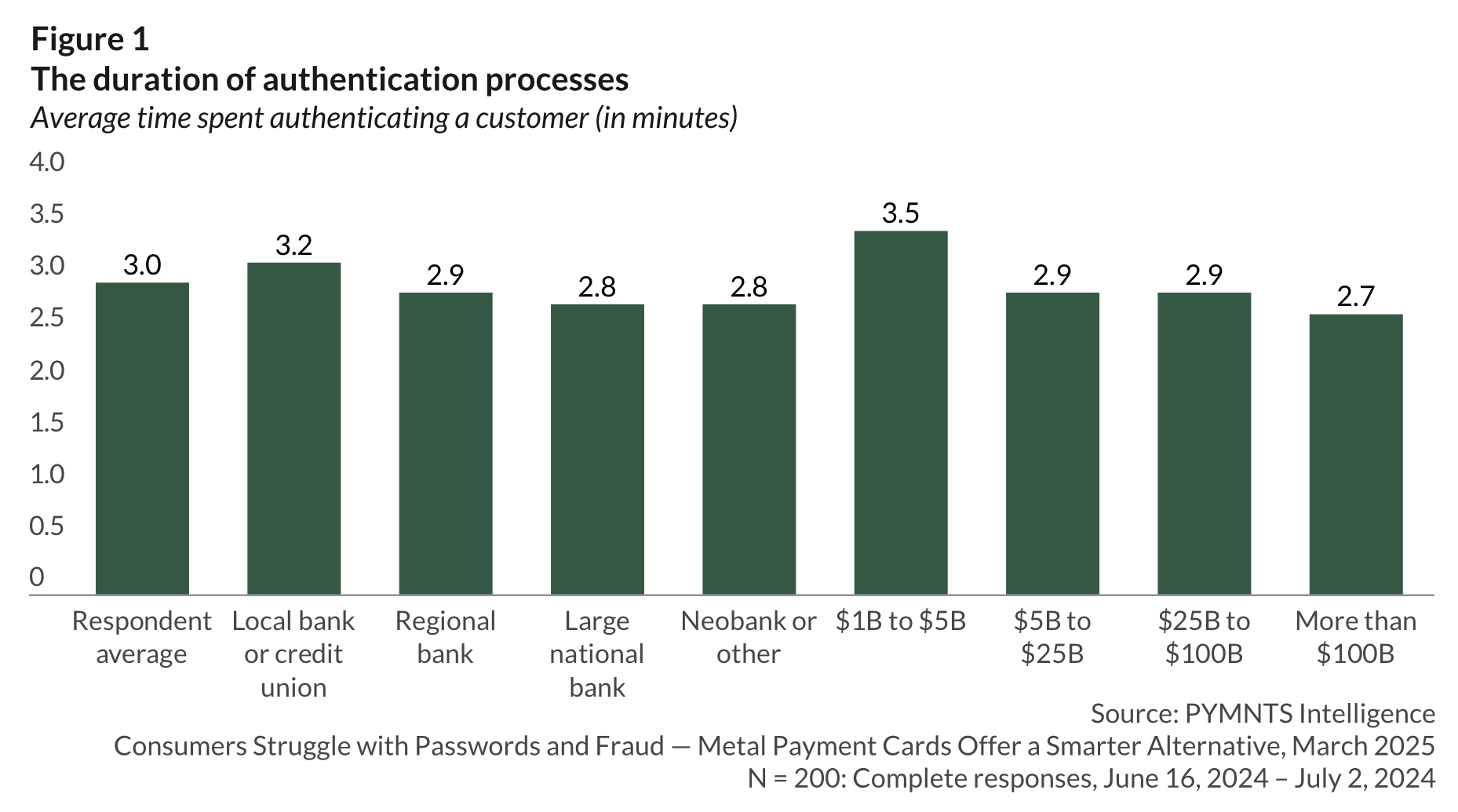Metal Payment Cards Move From Luxury to Everyday as Fraud Fears Deepen

For decades, consumers have been bombarded with security advice designed to keep their financial data safe.
Yet, in a digital landscape increasingly fraught with sophisticated phishing schemes, brute-force attacks and data breaches, the onus still remains largely on those same individuals and business users to manage an ever-growing list of passwords.
According to a new report from PYMNTS Intelligence in collaboration with Arculus by CompoSecure, 65% of consumers struggle with remembering passwords, often resorting to risky practices such as credential reuse or relying on outdated systems like SMS-based two-factor authentication.

This glaring vulnerability is not just a nuisance for users, it can be a direct pathway for fraudsters. In fact, the report reveals that stolen or falsified credentials now account for 41% of authentication-related fraud cases, a problem exacerbated by consumers’ frustration with existing security protocols.
In today’s landscape of mounting dissatisfaction and insecurity, tap-to-authenticate metal payment cards are emerging as a promising alternative. Initially marketed as luxury items aimed at affluent customers, metal cards have gradually broadened their appeal by offering enhanced durability, perceived prestige and — most importantly — superior security features.
Read more: Banks Step Up the Fight Against Stolen Credentials
The Rise of Metal Payment Cards
Unlike traditional plastic cards, tap-to-authenticate metal cards are significantly harder to counterfeit or clone. The robustness of materials such as stainless steel, titanium, and even carbon fiber makes tampering considerably more difficult.
More importantly, many of these cards now come equipped with advanced fraud-prevention technologies.
Financial institutions, according to the PYMNTS report, have identified frictionless authentication, enhanced security, and premium benefits as the key advantages of these new tools. Specifically, 58% of banks report that tap-to-authenticate metal cards offer smoother authentication experiences, while 57% cite the cards’ luxury appeal and associated perks as essential to their adoption strategy.
But it’s not just about aesthetics or prestige. The physical nature of these cards, coupled with their tap-to-authenticate capabilities, presents a formidable barrier to many common types of fraud. Unlike digital passwords that can be compromised through phishing or brute-force attacks, a metal card requires physical possession, making unauthorized access significantly more difficult.
The integration of near-field communication (NFC) technology into these cards provides users with a seamless experience while maintaining high levels of security. Consumers no longer need to remember increasingly complex passwords or risk the weaknesses inherent in biometric systems that can be fooled or degraded over time.
Enhanced Security Meets User Convenience
From a usability perspective, tap-to-authenticate metal cards represent a perfect marriage between convenience and protection. Cardholders simply tap their cards to authenticate transactions or access accounts, eliminating the need for typing cumbersome credentials or responding to unreliable SMS codes. This ease of use, combined with the cards’ tangible heft, provides a sense of assurance that is difficult to replicate in purely digital solutions.
For companies seeking to differentiate themselves in an increasingly competitive market, metal payment cards represent an appealing opportunity. Their association with luxury and innovation not only appeals to affluent consumers but also allows banks to position themselves as forward-thinking institutions that are responsive to emerging threats.
The shift toward metal cards may not eliminate digital fraud, but it does offer consumers a more tangible, user-friendly approach to safeguarding their financial information. As the payments industry continues to innovate, the appeal of these cards is likely to expand beyond luxury markets to encompass a broader audience eager for a simpler, more secure experience.
Ultimately, the future of authentication may well depend on the balance between physical and digital solutions. As financial services increasingly shift toward a hybrid model that emphasizes both security and user experience, metal payment cards are well-positioned to play a central role in this evolving landscape.



